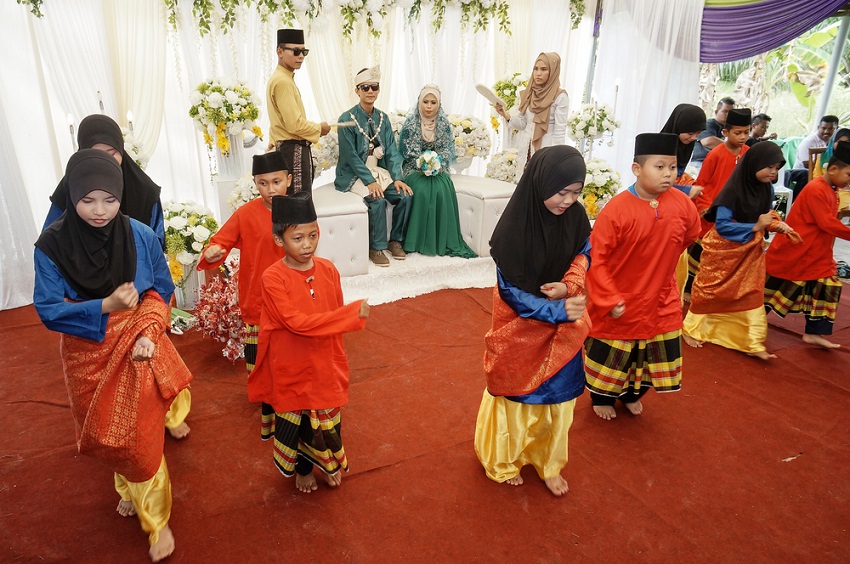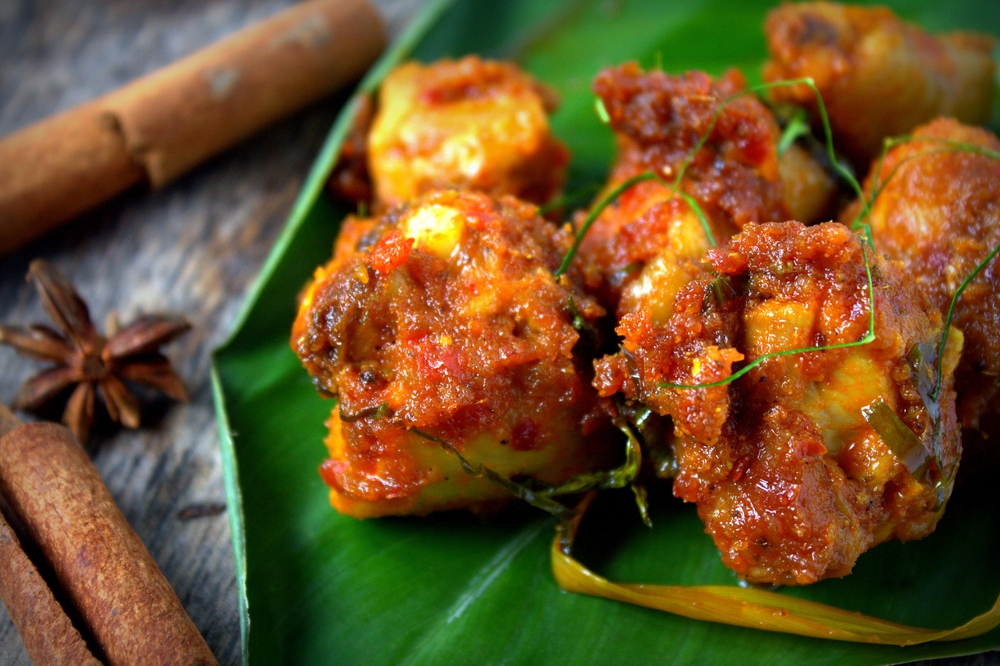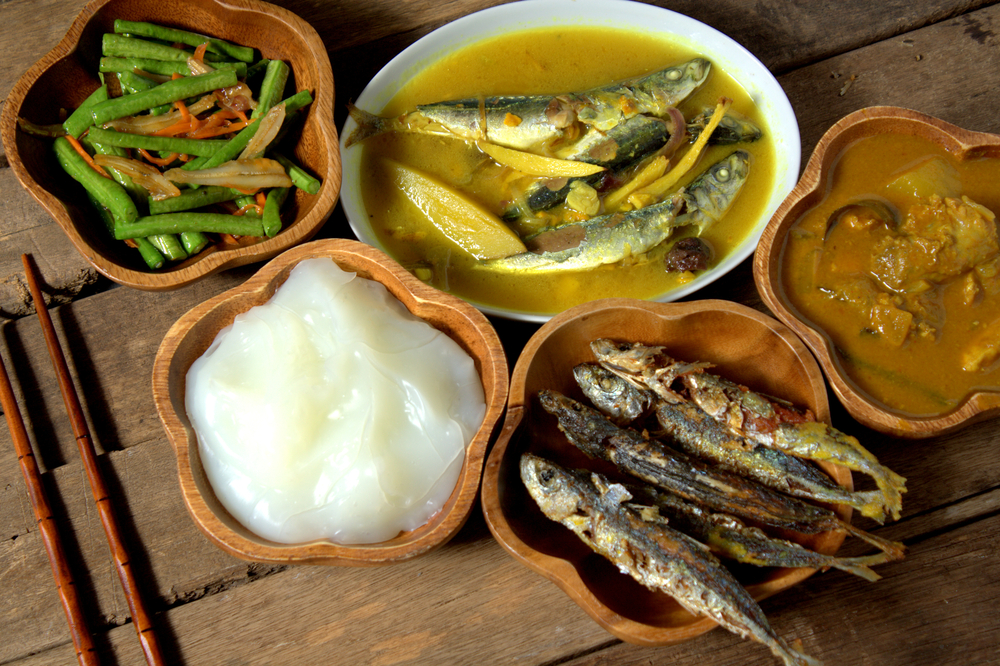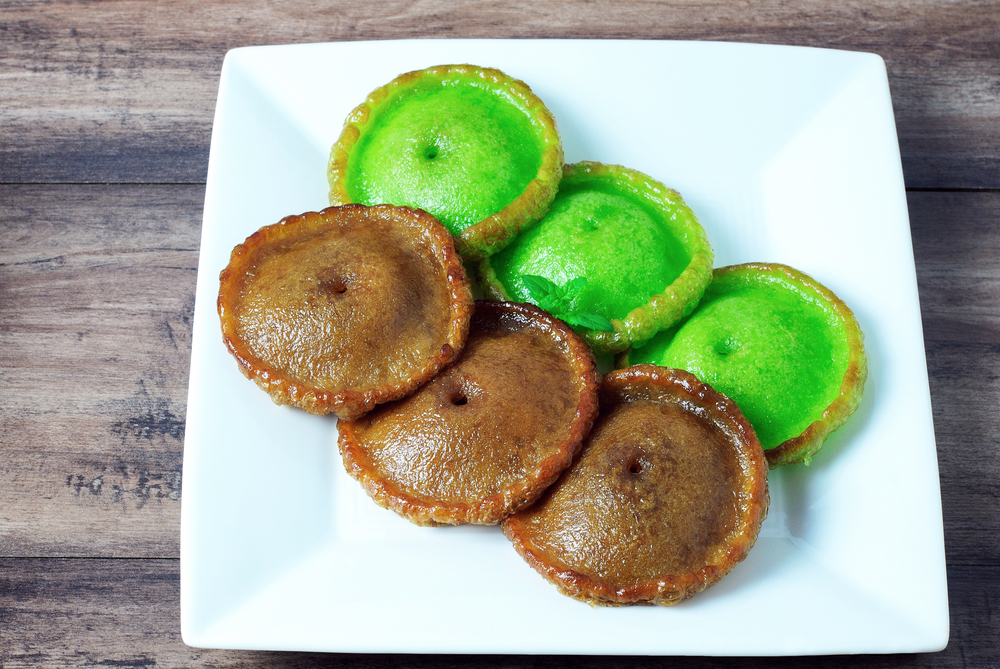Malaysia - performing arts
Malaysia is the multicultural land housing the diverse ethnic groups: Malay, Chinese and Indian. Undoubtedly, Malaysian arts and performances are varied due to ethnic diversity with its own historical identity and folk performance.
Malaysian arts and performances can be categorized into two groups. The original performance group such as Aslin and Inang belongs to the indigenous people dwelling on Peninsular Malaysia. Second, the applied performance group such as Joget and Zapin belongs to the Malays attributed to influences of external cultures according to historical contexts and political changes (Taman Sri Nibong RA Log, 2011).
Joget dancing is a very popular performance in Malaysia. With lively dancing finding its rhythm in music, this performance originated from Portuguese native dancing describing the commercial port of Malacca’s blooming years in 15th century. On the other hand, Mak Yong dancing is a performance depicting love story, musical drama and comedy proved popular in Kelantan (Indochina Studies Center Burapha University, 2013, p.158).
Moreover, there is also the traditional Malaysian orchestra assembling Indonesian stringed instruments synchronized with singing along rhythm drumming. In the past, Rebana or a giant drum played a vital role in sending signals from a mountain to another one to inform occasions and events such as weddings, news and warnings. The different rhythms give different types of news they wish to spread. The giant drum is a fundamental instrument on any occasion. In May or June, the Giant Drum Festival is to be held in Kelantan (Indochina Studies Center Burapha University, 2013, p.158).
Chinese arts and performances can be categorized into 2 groups: the original performance that can be dated back to Zhou Dynasty. And, the ethnic-performance group is forms of performance initiated by the ethnic groups. The popular Indian arts and performances are Bhangra, Bihu, Chhau, Ghoomar ,Dandiya,Yakshagana,Lavani (Tan Hooi Ping, 2016).
Bibliography
Taman Sri Nibong RA Log. (16 September 2011). เรียกใช้เมื่อ 02 May 2016 จาก Cultural Dances & Traditional Musical Instruments of Malaysia: https://tsnra.wordpress.com/2011/09/16/4-cultural-dances-of-malaysia/
Tan Hooi Ping. (2016). เรียกใช้เมื่อ 02 May 2016 จาก Malaysia Traditional Dance: http://hooiping88.blogspot.com/p/malaysia-traditional-dance.html
ข้อมูลพื้นฐานสหพันธรัฐมาเลเซีย. (ม.ป.ป.). ชลบุรี: ศูนย์อินโดจีนศึกษา วิทยาลัยการบริหารรัฐกิจ มหาวิทยาลัยบูรพา.





